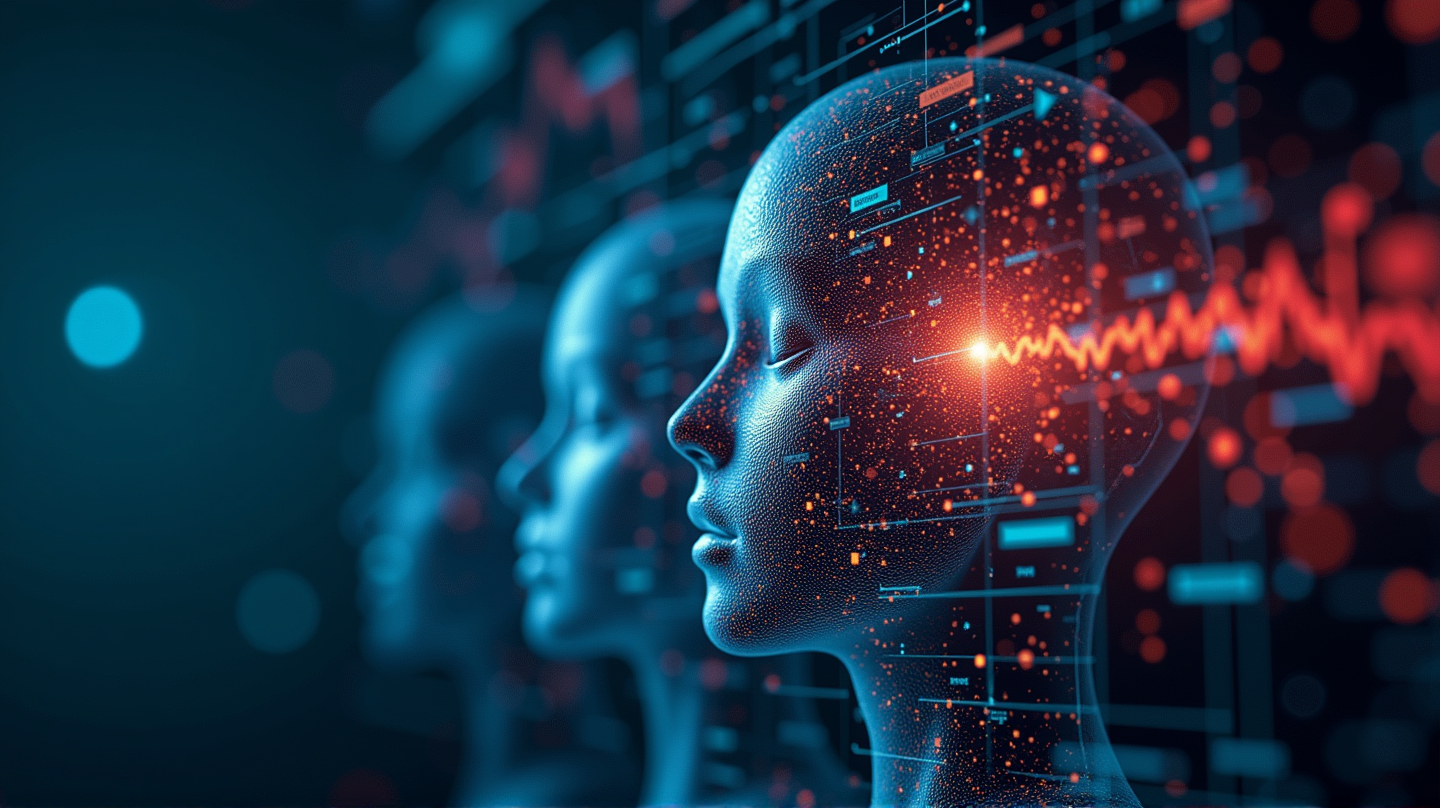In the ever-volatile world of cryptocurrencies, the dramatic collapse of Mantra’s native token (OM) on April 13 caught the market off guard. Approximately a $5.5 billion drop in market capitalization left investors reeling and questioning the robustness of risk management strategies within the crypto industry.
A Ripple Effect Through the Crypto Market
The decline of Mantra served as yet another reminder of the industry’s fragility, much like the Terra (LUNA) crash in 2022. These events shine a light on the persistent problem: negligence in managing leverage, liquidity, and automated risk systems is costly.
Harnessing AI for Advanced Stress Testing
Traditional financial stress testing methods, built for stable assets, aren’t always effective in the crypto space, where unpredictable swings occur. AI-driven stress testing, with its adaptive real-time analytics, can analyze sentiment and liquidity, offering a forewarning system for firms to navigate through or avoid the most tumultuous events.
Proactive Monitoring Through AI
Blockchain technology boasts transparency, yet the sheer volume of transactions is overwhelming for manual oversight. By continuously scanning activity, autonomous AI agents can detect unusual patterns suggesting potential market manipulation—exactly the kind of insight that could have flagged Mantra’s precarious movements before disaster struck.
Deep Learning’s Role in Order Books
AI’s advanced algorithms, like Convolutional Neural Networks, can process the complexity of order books, offering precious insights into market health. With up to 76% accuracy in some analyses of Bitcoin price shifts, these tools can identify market vulnerabilities, such as the thin liquidity that contributed to Mantra’s fall.
Toward a Resilient Crypto Ecosystem
For the crypto sphere to achieve lasting stability, the integration of AI into risk management frameworks is non-negotiable. From stress testing to real-time transaction monitoring, AI holds the power to safeguard against market manipulations. According to Crypto News, the regulatory landscape continues to evolve alongside these innovations, demanding robust practices that don’t stifle innovation yet prevent hazards.
A Future Built on Trust and Innovation
The vital question remains: When will the crypto industry fully embrace AI to safeguard its future? By integrating cross-disciplinary expertise with risk management techniques like those detailed in MiCA and Basel frameworks, the stage is set for a more secure digital frontier. As crypto firms rally behind these advancements, the possibility of building a market where innovation prospers without fear of catastrophic crashes becomes attainable.
In a world threatened by constant change, it’s not just individual investors at risk but the crypto market’s very reputation. Harnessing AI doesn’t just protect investments; it provides a pathway to a trustworthy and innovative future.
